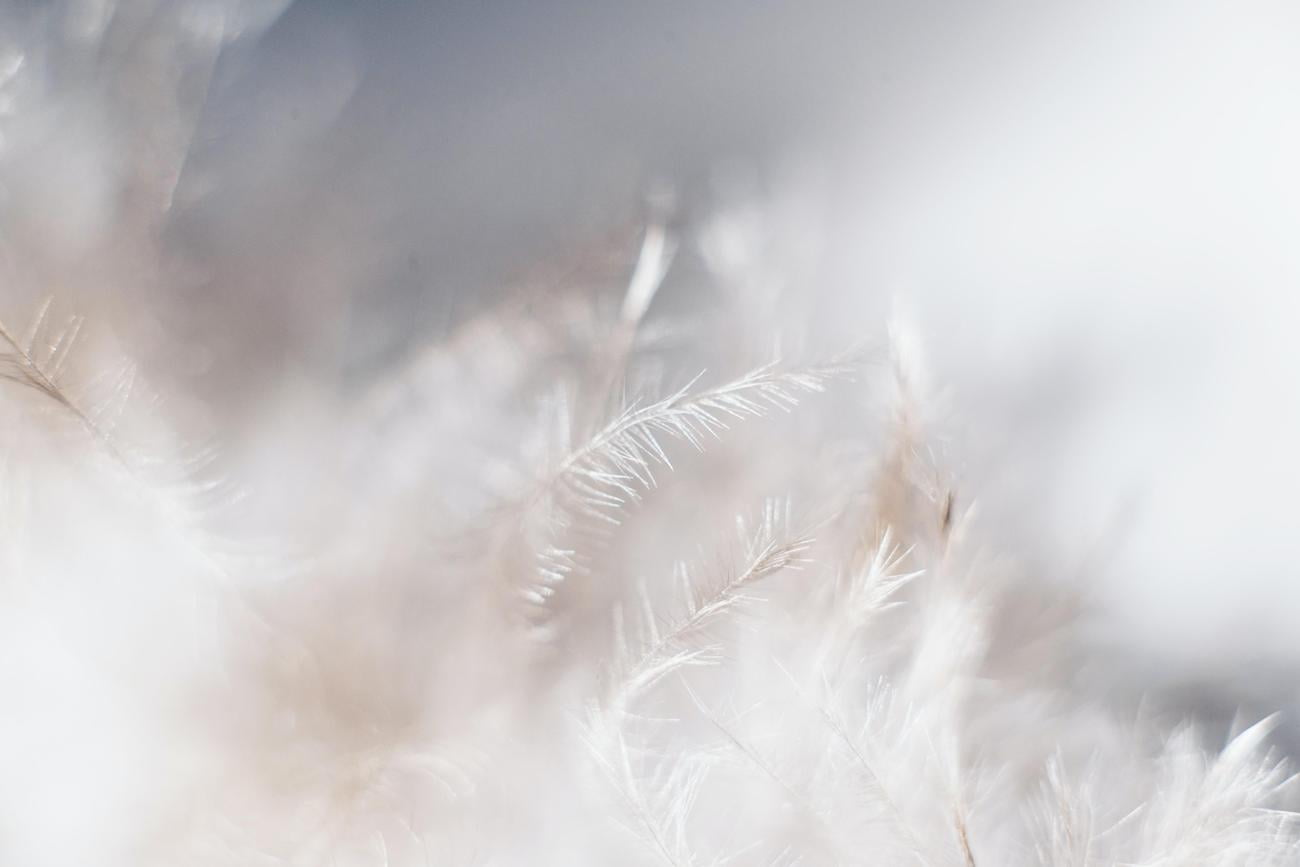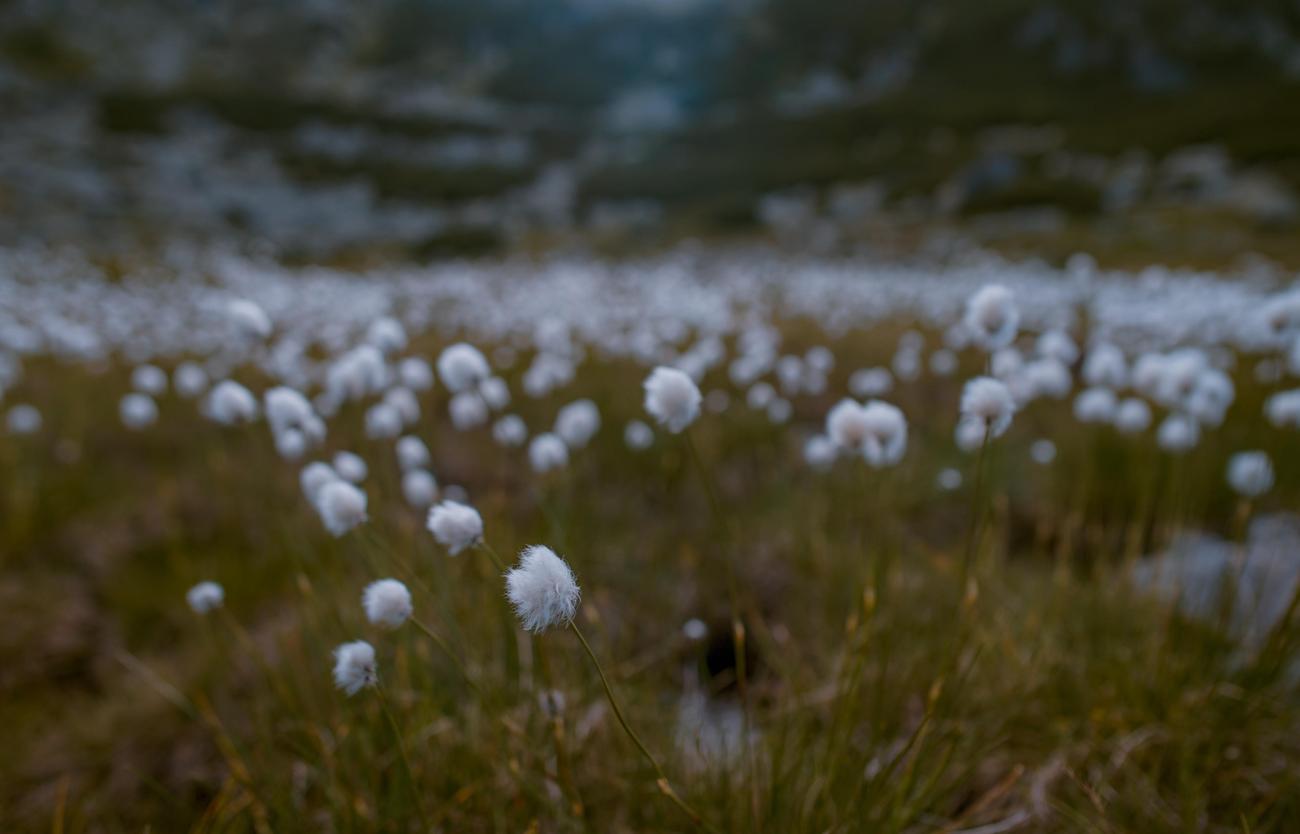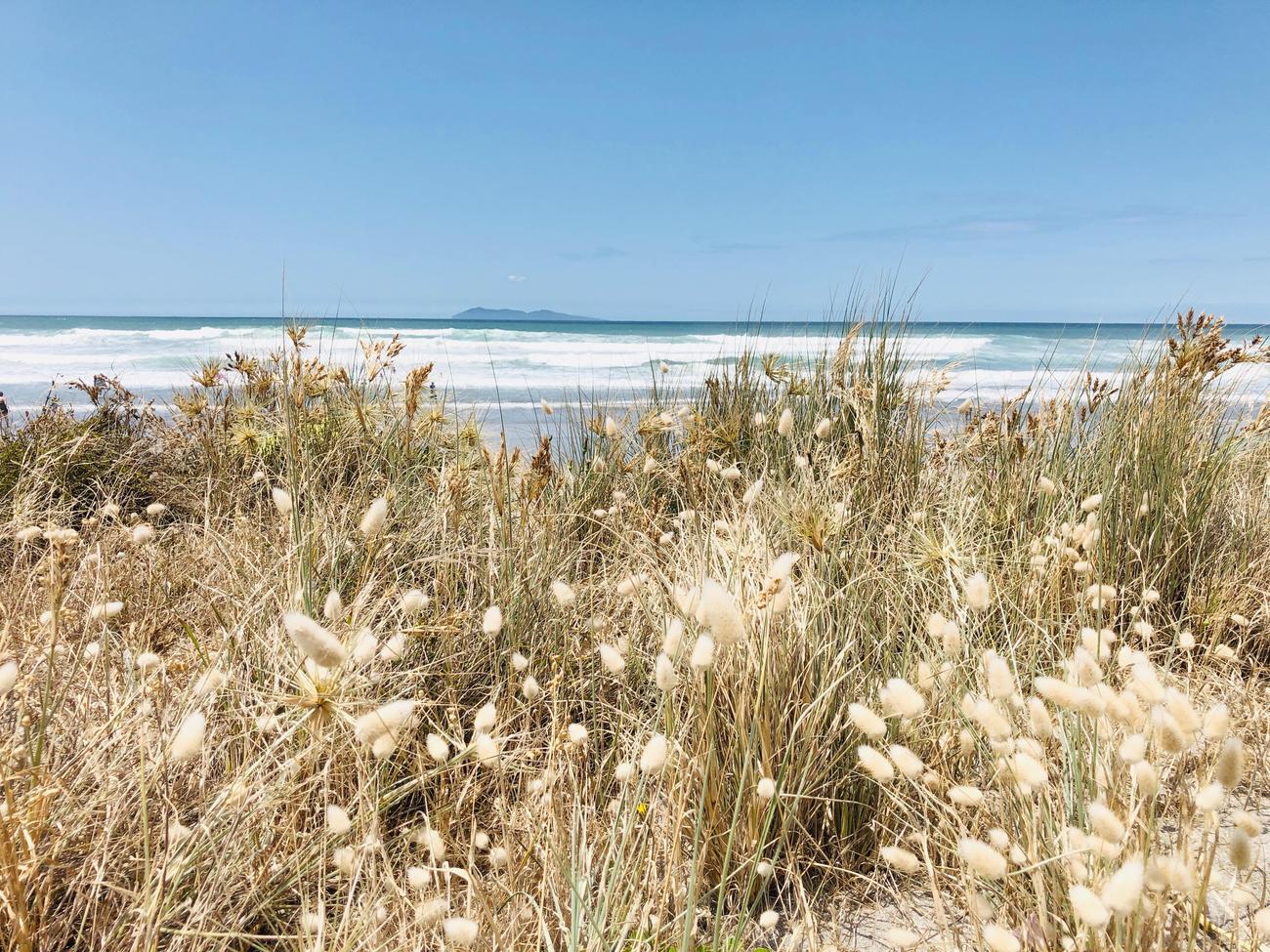Are you ready to embark on a journey into the enigmatic world of cotton grass? Prepare to be captivated by the intriguing wonders that nature has to offer. In this article, we will explore the fascinating and lesser-known facts about cotton grass that will leave you in awe of nature’s ingenuity. As a seasoned naturalist and writer, I have dedicated my life to uncovering the captivating details of the flora and fauna that surrounds us. Join me as we delve deep into the realm of botany, ecology, and horticulture, and uncover the secrets of cotton grass. Get ready to be amazed!

Interesting Facts About Cotton Grass
Cotton grass, with its ethereal beauty and peculiar characteristics, has captured the attention of naturalists and writers like myself. This unique plant, found in wet and cold habitats such as tundra and peatlands, holds a world of intriguing wonders waiting to be unveiled.
One of the most fascinating aspects of cotton grass is its fluffy, white heads. Surprisingly, these delicate strands are not petals or sepals, but modified structures that aid in seed dispersal by wind. Imagine the wind carrying these ethereal tufts across vast landscapes, ensuring the plant’s survival in its harsh environment.
But cotton grass’s wonders don’t end there. It has a surprising defense strategy against its main herbivore, the lemmings. This plant produces a toxic substance that neutralizes the digestive juices of lemmings, keeping them at bay. Nature truly has ingenious ways of protecting its creations!
Just like a skillful engineer, cotton grass has its own way of trapping solar heat to keep warm in cold climates. The plant’s fibers act as insulation, allowing it to thrive in chilly environments. It’s remarkable how a seemingly delicate plant can adapt and survive in such extreme conditions.
Cotton grass is not only a survivor but also an essential part of the ecosystem. Migrating caribou and snow geese rely on this plant as a source of food during their long journeys. It provides sustenance and nourishment for these magnificent creatures, showcasing the interconnectedness of nature’s intricate web.
Even the type of soil and water availability doesn’t deter cotton grass from flourishing. It can adapt and grow in different types of soil, even in shallow water. Whether it’s a bog, a tundra, or a peatland, cotton grass finds a way to thrive, showcasing its resilience and adaptability.
While cotton grass is commonly found in North America, North Asia, and Northern Europe, its presence is felt far and wide. It’s truly remarkable how a plant can span across continents, spreading its wonders to different corners of the world.
One particular species of cotton grass, the common cotton grass, exhibits its uniqueness in colder climates. It thrives near bog pools and areas of Sphagnum moss, showcasing its preference for specific habitats. Standing at a height of up to 12 inches, this slender grass with flat leaf blades is a sight to behold.
In gardens and landscapes with water features or ponds, the common cotton grass is a wise choice. Its aesthetic value and ability to adapt to wet environments make it a perfect addition to enhance the natural beauty of these areas.
To summarize the captivating facts about cotton grass, it’s clear that this plant is a testament to nature’s ingenuity. From its fluffy heads aiding in seed dispersal to its defense mechanisms against lemmings, cotton grass showcases its remarkable adaptability and survival strategies. It serves not only as a source of beauty but also as a vital food source for migratory animals. Whether it’s thriving in wet habitats or standing tall in colder climates, cotton grass continues to astonish and inspire us with its enigmatic wonders.
“Cotton grass: a delicate beauty with hidden strength, weaving its wonders across continents and providing nature’s gift to those in need.”
Cotton grass, also known as Eriophorum, is a fascinating plant that thrives in wet and marshy landscapes. With its unique appearance and interesting characteristics, learning about this plant is an absolute must for nature enthusiasts. If you’re curious about cotton grass, let us take you on a journey of discovery as we delve into 3 intriguing facts about cotton grass.
One of the most remarkable things about cotton grass is its fluffy white “cotton-like” appearance, which is actually made up of densely packed, hair-like structures called pappus. These structures not only give cotton grass its distinct look but also serve a crucial purpose. They act as tiny parachutes, helping the plant’s seeds disperse in the wind, ensuring its survival and propagation.
But cotton grass’s distinctive appearance is not the only captivating aspect of this plant. Did you know that cotton grass has a strong ecological significance? It plays a vital role in maintaining the delicate balance of wetland ecosystems. By regulating water levels and providing habitats for various organisms, cotton grass contributes to the overall health and biodiversity of wetland areas.
Another fascinating fact about cotton grass is its ability to survive in extreme cold temperatures. This plant has adapted to withstand harsh Arctic and sub-Arctic climates, making it a true symbol of resilience and adaptation. Its specialized physiology allows it to flourish in freezing conditions, showcasing the remarkable ways in which nature has evolved to conquer diverse environments.
If you’re intrigued by these 3 facts about cotton grass, why not delve deeper and explore the wonders of this remarkable plant? Discover more about cotton grass and its fascinating attributes by clicking here: 3 facts about cotton grass. Prepare to be amazed by the intricate details and captivating adaptations of this extraordinary plant.
As you dive into the world of cotton grass, be prepared to uncover even more wonders of nature. From its fluffy appearance to its role in wetland ecosystems, cotton grass is a true marvel that deserves your attention. Embrace the opportunity to learn and appreciate the enchanting qualities of this plant, and you’ll find yourself falling in love with the intricate beauty of nature’s creations.

FAQ
Q: Where does cotton grass grow?
A: Cotton grass is typically found in wet and cold habitats such as tundra and peatlands. It is commonly found in North America, North Asia, and Northern Europe.
Q: Are the white fluffy heads of cotton grass actually petals and sepals?
A: Yes, the white fluffy heads of cotton grass are modified petals and sepals. They serve the purpose of helping the plant disperse its seeds by wind.
Q: Is cotton grass poisonous?
A: Yes, cotton grass produces a poison that protects it from lemmings, its main herbivore. This poison neutralizes the digestive juices of lemmings.
Q: Can cotton grass trap solar heat?
A: Yes, cotton grass has the ability to trap solar heat with its fibers, which helps it stay warm in cold climates.
Q: What are some animals that rely on cotton grass?
A: Cotton grass is an important food source for migrating caribou and snow geese. They depend on it for sustenance during their long journeys.
- Unlock Water’s Symbolism: A Cross-Cultural Exploration - April 20, 2025
- Identify Black and White Snakes: Venomous or Harmless? - April 20, 2025
- Unlocking Potential: Origins High School’s NYC Story - April 20, 2025















